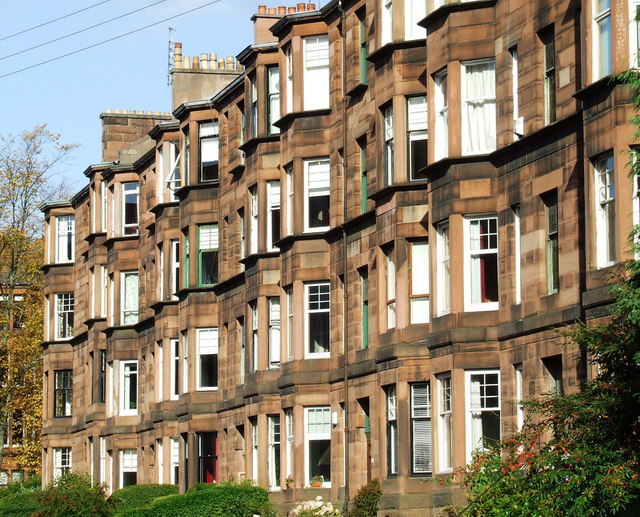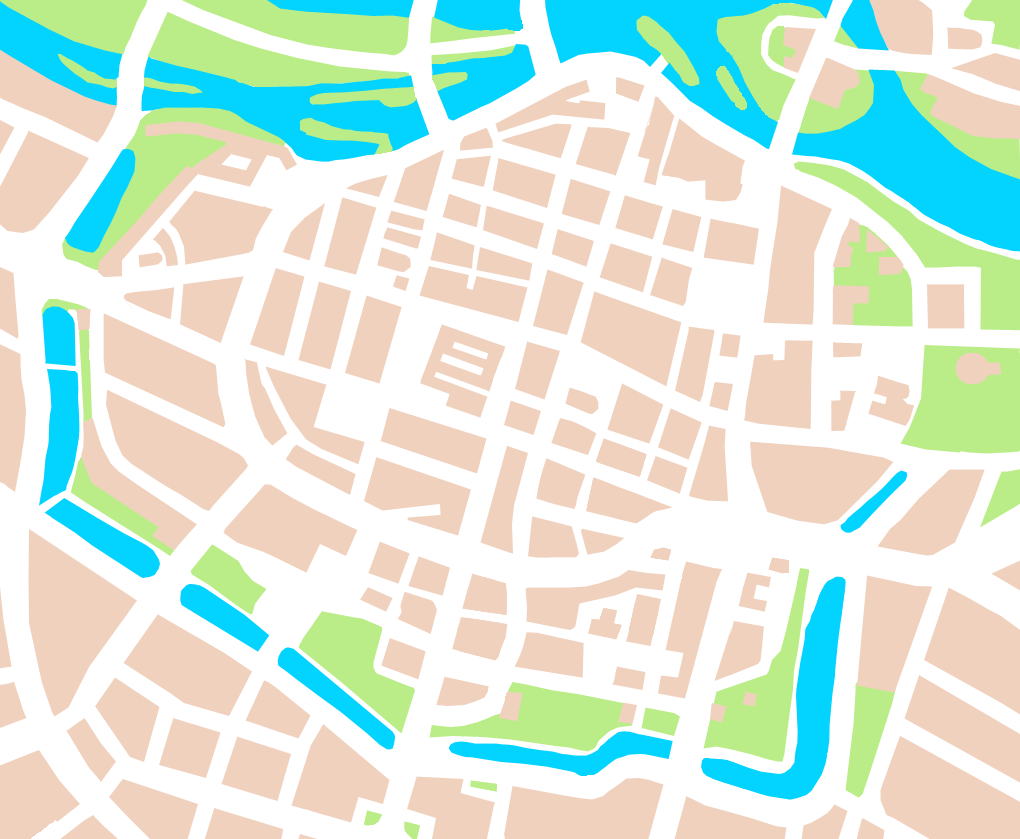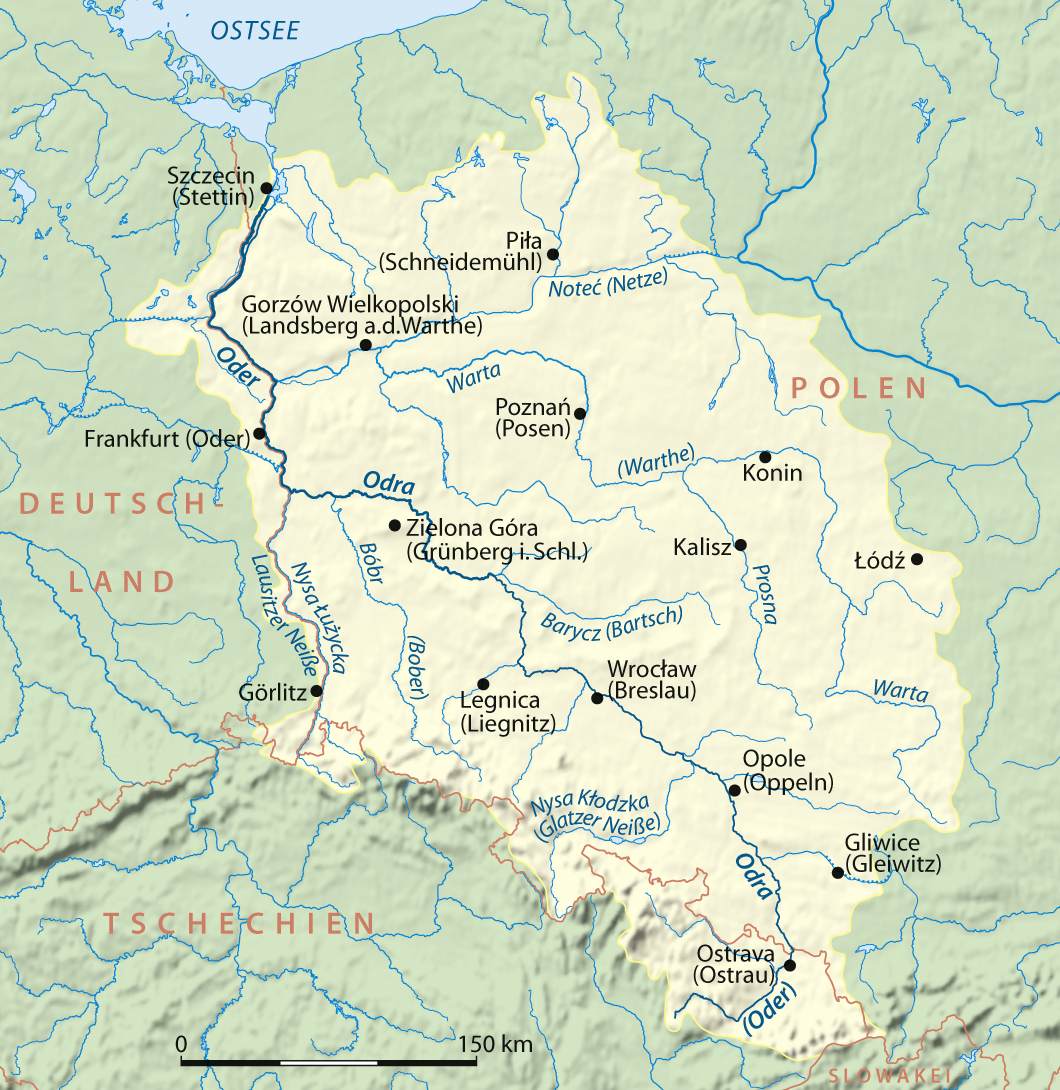|
Ołbin
Ołbin (, , ) is a district in Wrocław, Poland, located in the northern part of the city. It was established in the territory of the former Downtown district. Name The settlement was first documented in 1175 under the name ''Olbin''. It was later referred to as ''Olpinow'' (1202), ''Vlbim'' and ''Uolbim'' (1253), ''Olbina'', ''Albingum'', ''Olbingum'', and ''Elbinga'' (1264). By the end of the 13th century, the village was known as ''Olbing''. The origin of the name Ołbin has not been clearly established. According to some historians, the name may derive from the Latin name Albin, which was popular in the 11th and 12th centuries. The second theory regarding the origin of the name comes from an old Slavic word olbąd''' ('swan'). Currently, swans of this species can be observed daily at a small pond in , located in the center of the district. History Abbey of Ołbin The Abbey of Ołbin was founded by Piotr Włostowic in between 1080 and 1153. A sarcophagus was erected ... [...More Info...] [...Related Items...] OR: [Wikipedia] [Google] [Baidu] |
Districts Of Wrocław
The districts of Wrocław () are the 48 Osiedle, local authority districts that make up the administrative area of Wrocław, Poland. Each is governed by a (). The present Wrocław districts were all created on March 21, 1991 by the Resolution XX/110/91 of the City Council of Wrocław' and are a type of local government district. On February 13, 2016, the Resolution XX/419/16 of the City Council of Wrocław' revised and established unambiguous and precise boundaries of Wrocław's districts, defining them in digital form. The current division system replaced the one from 1952, when Wrocław was divided into five main Dzielnica, boroughs (). Although they were abolished in 1991 and have not existed as public administration units since then, areas of borders and names similar/identical to the former districts still exist in the practice of operation of various types of authorities and administrations (e.g. as divisions of territorial competencies of courts, prosecutors' offices, tax ... [...More Info...] [...Related Items...] OR: [Wikipedia] [Google] [Baidu] |
Piotr Włostowic
Herb ŁabędźPiotr Włostowic (or Włost; 1080 – 1153), also known as Peter Wlast, was a Polish noble, castellan of Wrocław, and a ruler (''możnowładca'') of part of Silesia. From 1117 he was voivode (''palatyn'') of the Duke of Poland Bolesław III Wrymouth. Part of the Łabędzie family, and son of Włost, he is likely to have been related to older princes of Silesia. His lands included the territories near Mount Ślęża and Piasek Island near Wrocław. The Dunin clan of noble families claims descent from him. His most famous deed is the capture of Volodar (Wołodar) of Peremyshl (Przemyśl). Later he married Maria, a daughter of Sviatopolk II of Kiev. For this marriage and his adventure in Rus', he was ordered by the Church to reconcile. He was ordered to construct seventy churches. Włostowic, a loyal subject of Bolesław III, had much more negative relations with Bolesław's son, Władysław II the Exile, and especially his wife, Agnes of Babenberg, who co ... [...More Info...] [...Related Items...] OR: [Wikipedia] [Google] [Baidu] |
Nadodrze
Nadodrze () is a district in Wrocław, Poland, separated in 1991 from a larger district, Ołbin, which now lies to the east of it. It also borders Kleczków to the north and the Old Town to the west. Nadodrze was incorporated into the city in 1808, after the demolition of the city fortifications. The neighborhood was a historically poor and dangerous area, but since 2005 it was redeveloped, and became known for its arts scene. It is sometimes compared to Berlin's Kreuzberg or Rome's Trastevere. Location Within the boundaries of Nadodrze, there is Kępa Mieszczańska island, and important objects of urban infrastructure: Wrocław Nadodrze train station, streetcar depot No. 2 at Słowiańska Street, and Wrocław Combined Heat and Power Plant. The seat of the Nadodrze Housing Estate Council is located at 43 Rydygiera St. In 2017, about 25 thousand people lived within the boundaries of Nadodrze. [...More Info...] [...Related Items...] OR: [Wikipedia] [Google] [Baidu] |
Grunwald Square (district)
Grunwald Square ( ) is a district in Wrocław located in the north-eastern part of the city, established in the territory of the former Downtown district. The name of the district comes from the centrally located Grunwald Square. Location The district includes the area defined by Wyszyńskiego Street to the west, and Sienkiewicza and Grunwaldzka Streets to the north. It is also defined by the Oder: Old Oder to the east and the main riverbed to the south. The German name of the central intersection, ''Scheitniger Stern'' (' Scheitnig Star'), and the modern names of Szczytnicki Bridge and Szczytnicka Street are named after the medieval village of Szczytniki, which is now a part of Wrocław and located behind the bridge. The district also includes the area of the former ''Fischerau'' village (sometimes translated to Polish as ''Rybaki''), located near the intersection of Grunwaldzka and Piastowska Streets. Grunwald Square is adjacent to the Old Town, Ołbin, Zacisze-Zalesi ... [...More Info...] [...Related Items...] OR: [Wikipedia] [Google] [Baidu] |
Downtown, Wrocław
Downtown (, ) is a former borough of Wrocław located in the central-eastern part of the city. On March 21, 1991, the newly created City Office of Wrocław assumed many of the functions previously carried out within the borough. The name, though, remained in use, mainly for statistical and administrative purposes. Subdivision Since 1991, Downtown has been divided into 6 districts: * Nadodrze * Kleczków * Ołbin * Grunwald Square * Zacisze-Zalesie-Szczytniki * Biskupin-Sępolno-Dąbie-Bartoszowice Parks Downtown has a lot of parks with in its boundaries including ''Staszica Park'', ''Słowiański Park'', '' Szczytnicki Park'' or the Park of St. Edith Stein. Landmarks Downtown is home to many landmarks including the Ostrów Tumski where the cathedral is located, the Church of St. Micheal the Archangel with its distinctive black spire, the Centennial Hall and nearby Japanese Garden, as well the famous Wrocław Zoo. The district is also where the shopping mall ''Pasaż ... [...More Info...] [...Related Items...] OR: [Wikipedia] [Google] [Baidu] |
Wrocław
Wrocław is a city in southwestern Poland, and the capital of the Lower Silesian Voivodeship. It is the largest city and historical capital of the region of Silesia. It lies on the banks of the Oder River in the Silesian Lowlands of Central Europe, roughly from the Sudetes, Sudeten Mountains to the north. In 2023, the official population of Wrocław was 674,132, making it the third-largest city in Poland. The population of the Wrocław metropolitan area is around 1.25 million. Wrocław is the historical capital of Silesia and Lower Silesia. The history of the city dates back over 1,000 years; at various times, it has been part of the Kingdom of Poland, the Kingdom of Bohemia, the Kingdom of Hungary, the Habsburg monarchy of Austria, the Kingdom of Prussia and German Reich, Germany, until it became again part of Poland in 1945 immediately after World War II. Wrocław is a College town, university city with a student population of over 130,000, making it one of the most yo ... [...More Info...] [...Related Items...] OR: [Wikipedia] [Google] [Baidu] |
Trams In Wrocław
The Wrocław tram system () is the tram system in Wrocław, Poland. Having first opened for service on 10 July 1877 with horsecars, it is the third oldest tramway in Poland (after Trams in Warsaw, Warsaw and Trams in Szczecin, Szczecin). The system uses and is operated by ''Miejskie Przedsiębiorstwo Komunikacyjne we Wrocławiu (MPK Wrocław)''. The network consists of 25 lines with a total track length of and Network length (transport)#Line length, line length of , six depots and 20 loops. Network Below is a table of permanent routes as of the June 8 2025 schedule: ''lines on diversion'' Rolling stock Currently eight types of trams are operating in Wrocław: Konstal 105Na, Protram 204 WrAs, Protram 205 WrAs, Škoda 16 T, Škoda 19 T, Pesa Twist, Moderus Beta and Moderus Gamma. The 105N type wagons are subjected to various upgrades (and after the upgrade they are marked 105NWr). In the period from 1991 to 2004, no new trams were bought; only repairs and upgrades of m ... [...More Info...] [...Related Items...] OR: [Wikipedia] [Google] [Baidu] |
Siege Of Breslau
The siege of Breslau, also known as the battle of Breslau, was a three-month-long siege of the city of Wrocław, Breslau in Lower Silesia, Nazi Germany, Germany (now Wrocław, Poland), lasting to the end of World War II in Europe. From 13 February 1945 to 6 May 1945, German troops in Breslau were besieged by the Soviet forces which encircled the city as part of the Lower Silesian Offensive Operation. The German garrison's surrender on 6 May was followed by the German Instrument of Surrender, surrender of all German forces two days after the battle. Background In August 1944, Adolf Hitler declared the city of Breslau a fortress (''German World War II strongholds, Festung''), and ordered that it must be defended at all costs. He named Karl Hanke, ''Gauleiter'' of Silesia since 1941, to be the city's "Battle Commander" (''Kampfkommandant''). On 19 January 1945, the civilian population was forced to leave. Many thousands died in the bitter cold of the makeshift evacuation;HITLER ... [...More Info...] [...Related Items...] OR: [Wikipedia] [Google] [Baidu] |
Tenement
A tenement is a type of building shared by multiple dwellings, typically with flats or apartments on each floor and with shared entrance stairway access. They are common on the British Isles, particularly in Scotland. In the medieval Old Town, Edinburgh, Old Town, in Edinburgh, tenements were developed with each apartment treated as a separate house, built on top of each other (such as Gladstone's Land). Over hundreds of years, custom grew to become law concerning maintenance and repairs, as first formally discussed in James Dalrymple, 1st Viscount of Stair, Stair's 1681 writings on Scots property law. In Scotland, these are now governed by the Tenements (Scotland) Act 2004, Tenements Act, which replaced the old Law of the Tenement and created a new system of common ownership and procedures concerning repairs and maintenance of tenements. Tenements with one- or two-room flats provided popular rented accommodation for workers, but in some inner-city areas, overcrowding and maintena ... [...More Info...] [...Related Items...] OR: [Wikipedia] [Google] [Baidu] |
Old Town, Wrocław
The Old Town in Wrocław () is the oldest part of the left-bank Wrocław, originating from the thirteenth century. It is surrounded by the City Moat, a remnant of the complex system of fortifications, largely based on natural and artificial sections of the Oder River and the Oława River flowing into it. The green belt along the moat (and further along the Oder) is called the Old Town Promenade. The center of the old city is the historic Market Square (''Rynek''), with numerous '' kamienice'', the Old and New Town Hall (''Ratusz''). There is a number of historic landmarks in its vicinity, such as the Salt Market, St. Elizabeth of Hungary Church, St. Mary Magdalene Church, and numerous monuments. In the northern part of the old town can be found the main campus of the Wrocław University with the University Square, and on the opposite, southern side, lies the famous Quarter of the Four Denominations. The Church of Saints Hedwig and Clara next to Nankiera Square is the mausoleum ... [...More Info...] [...Related Items...] OR: [Wikipedia] [Google] [Baidu] |
Oder
The Oder ( ; Czech and ) is a river in Central Europe. It is Poland's second-longest river and third-longest within its borders after the Vistula and its largest tributary the Warta. The Oder rises in the Czech Republic and flows through western Poland, later forming of the border between Poland and Germany as part of the Oder–Neisse line. The river ultimately flows into the Szczecin Lagoon north of Szczecin and then into three branches (the Dziwna, Świna and Peene) that empty into the Bay of Pomerania of the Baltic Sea. Names The Oder is known by several names in different languages, but the modern ones are very similar: English and ; Czech, Polish, and , ; (); ; Medieval Latin: ''Od(d)era''; Renaissance Latin: ''Viadrus'' (invented in 1534). The origin of this name is said by onomastician Jürgen Udolph to come from the Illyrian word ''*Adra'' (“water vein”). Ptolemy knew the modern Oder as the Συήβος (''Suebos''; Latin ''Suevus''), a name apparen ... [...More Info...] [...Related Items...] OR: [Wikipedia] [Google] [Baidu] |
Albin (given Name)
Albin is a masculine Polish, Scandinavian, German, French, Albanian, and Slovenian given name, from the Roman cognate '' Albinus'', derived from the Latin ''albus'', meaning "white" or "bright". This name may also be a last name. In Estonia, France, Hungary, Poland, Slovakia, and Sweden, March 1 is Albin's name day. There are variant spellings, including '' Albinas'', a male given name in Lithuania; '' Aubin'', a French masculine given name; and '' Albina'', an Ancient Roman, Albanian, Czech, Galician, Italian, Polish, Slovak, and Slovenian feminine given name. Albin is uncommon as a surname. Notable people with the given name Albin include: * Albin Alex (1995-), Indian-American engineer * Albin of Brechin (died 1269), Scottish bishop * Albin Boija (born 2003), Swedish ice hockey player * Albín Brunovský (1935–1997), Slovak painter, graphic artist, lithographer, illustrator and pedagogue * Albin Dunajewski (1817–1894), Polish political activist and Bishop of Kra ... [...More Info...] [...Related Items...] OR: [Wikipedia] [Google] [Baidu] |





